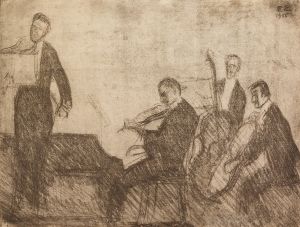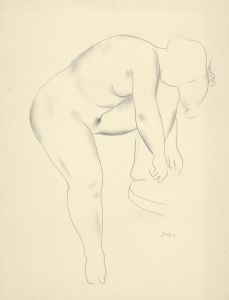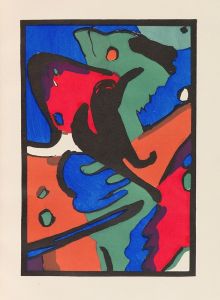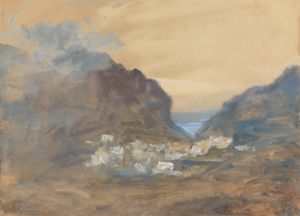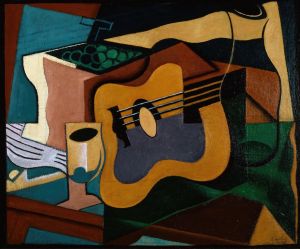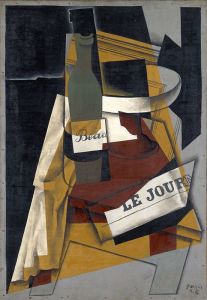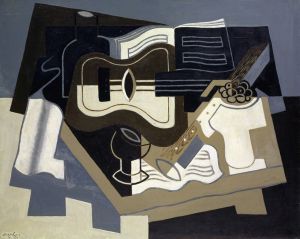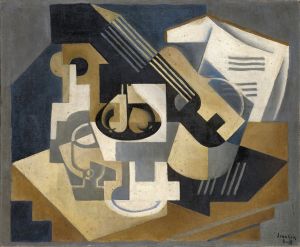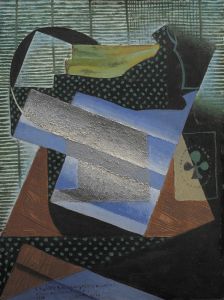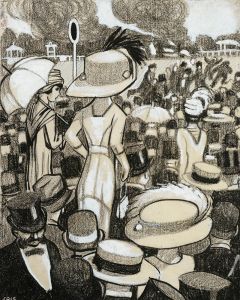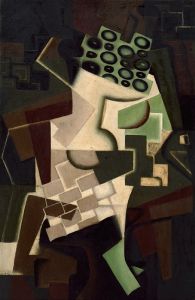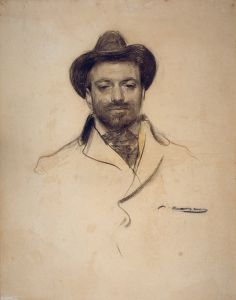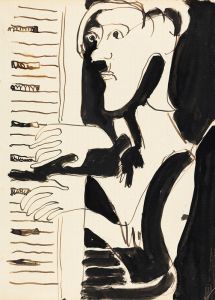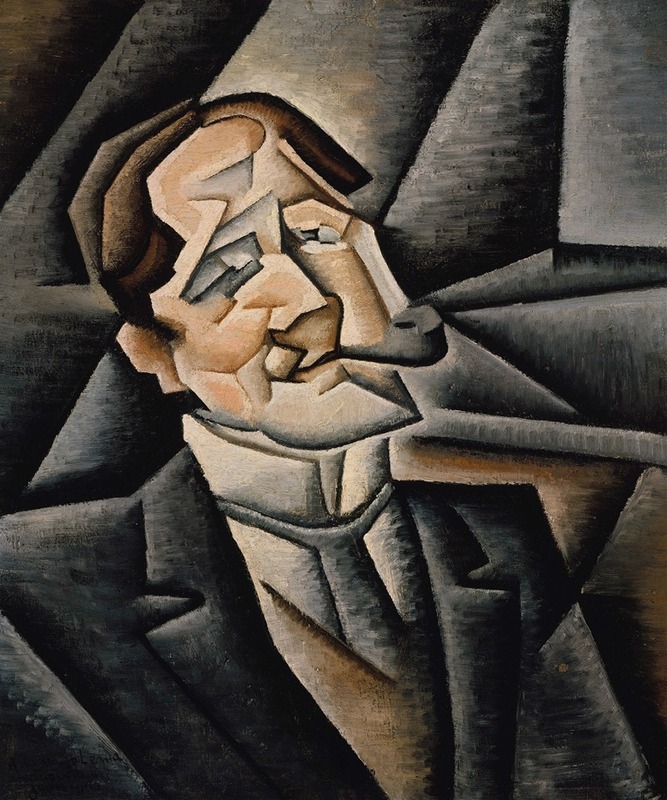
Juan Legua
A hand-painted replica of Juan Gris’s masterpiece Juan Legua, meticulously crafted by professional artists to capture the true essence of the original. Each piece is created with museum-quality canvas and rare mineral pigments, carefully painted by experienced artists with delicate brushstrokes and rich, layered colors to perfectly recreate the texture of the original artwork. Unlike machine-printed reproductions, this hand-painted version brings the painting to life, infused with the artist’s emotions and skill in every stroke. Whether for personal collection or home decoration, it instantly elevates the artistic atmosphere of any space.
Juan Legua is a painting by the Spanish artist Juan Gris, a prominent figure in the Cubist movement. Gris, whose real name was José Victoriano González-Pérez, was born on March 23, 1887, in Madrid, Spain, and later moved to Paris, where he became closely associated with other leading Cubist artists such as Pablo Picasso and Georges Braque.
The painting "Juan Legua" was created in 1911, during a period when Gris was deeply immersed in the Cubist style. Cubism, which emerged in the early 20th century, is characterized by fragmented and abstracted forms, often depicting subjects from multiple viewpoints simultaneously. This style aimed to challenge traditional perspectives and representations in art.
"Juan Legua" exemplifies Gris's approach to Cubism, which often incorporated a more structured and geometric style compared to the works of Picasso and Braque. Gris's work is known for its clarity, precision, and use of color, which distinguished him within the Cubist movement. His paintings frequently feature still lifes and everyday objects, rendered in a way that deconstructs their forms and reassembles them into complex compositions.
In "Juan Legua," Gris employs a palette of muted tones, with shades of brown, gray, and black dominating the composition. The painting depicts a figure, presumably Juan Legua, though the identity and significance of this individual remain unclear. The figure is rendered in a fragmented manner, with overlapping planes and geometric shapes that create a sense of depth and movement. This technique reflects Gris's interest in exploring the relationship between form and space, a central concern of Cubist artists.
Gris's meticulous approach to composition is evident in the careful arrangement of shapes and lines in "Juan Legua." The painting's structure is both dynamic and harmonious, demonstrating Gris's ability to balance complexity with coherence. His use of color is also noteworthy, as he often employed a limited palette to create subtle variations in tone and texture, enhancing the overall visual impact of the work.
"Juan Legua" is an important example of Gris's contribution to Cubism and his distinctive style within the movement. While Gris may not have achieved the same level of fame as Picasso or Braque during his lifetime, his work has since been recognized for its significant impact on modern art. Gris continued to develop his Cubist style until his untimely death on May 11, 1927, in Boulogne-Billancourt, France.
Today, "Juan Legua" and other works by Juan Gris are celebrated for their innovative approach to form and composition. Gris's paintings are held in major art collections and museums around the world, where they continue to be studied and admired for their contribution to the development of 20th-century art.





